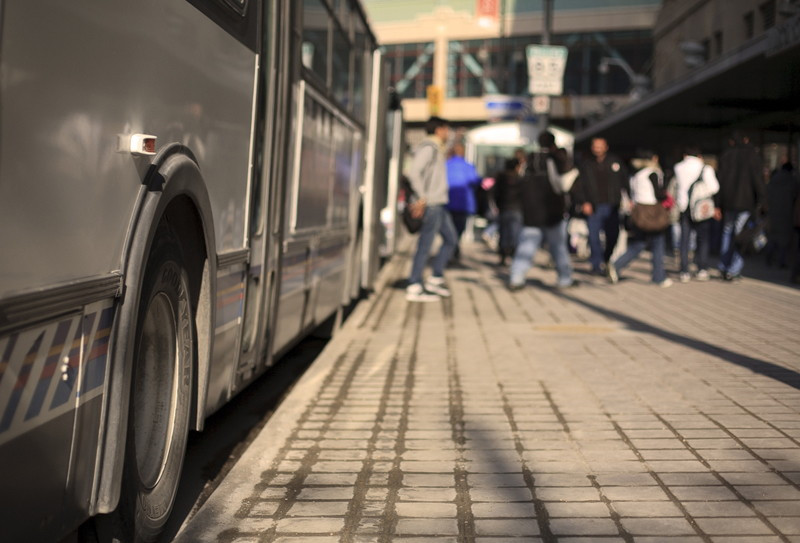Playing catch-up with transit
Winnipeg years behind in bus technology; can’t decide what it wants next
After decades of economic talk and political posturing, Winnipeg’s transit system is taking a baby step in catching up with public transportation leaps in other Canadian metropolises like Calgary and Vancouver. However, it remains to be seen in what form that step will come.
With the $138 million first phase of the city’s Bus Rapid Transit (BRT) system – the 3.6 kilometre southwest corridor that includes a new Osborne Street bridge and a tunnel beneath the Fort Rouge CN Yards – currently under construction, Mayor Sam Katz wants to develop a Light Rail Transit (LRT) system instead.
“I think it’s time we start preparing for LRT and get all levels of government involved in a plan for LRT,” Katz said. “When you’re doing something, you’re not doing it for today, you’re doing it for 20 years in the future. If you’re looking for the city to prosper, there’s no way it would do that without LRT.”
The mayor stated that the price of LRT has dropped by up to 40 per cent since the 2005 Rapid Transit Task Force examined the feasibility of LRT in Winnipeg and concluded it was too costly.
“The more money you spend on BRT and not LRT, the more money you’re flushing down the toilet, and that’s not what we need to do with taxpayers’ money,” Katz said.
The shift in vision for Winnipeg’s transit system is making the move forward perilous, according to city councillor Jenny Gerbasi (Fort Rouge-East Fort Garry).
“I appreciate the idea of doing a long-term plan, but it’s really confusing the issue, especially when the province has signed on. It’s a real risk that we could lose the commitment if we don’t get our act together,” Gerbasi said.
Despite reports, Katz says he hasn’t discussed sharing equally in funding the second phase of BRT with other levels of government.
The second phase would extend south down Pembina Highway, connecting the system to the University of Manitoba. He notes that the provincial government has suggested using the Winnipeg’s Building Canada Fund, usually spent on infrastructure work on roads, bridges and underpasses, to meet the $220 million price tag of phase two.
Gerbasi however points to the province’s 2008 Climate Change and Emissions Reduction Act, which legally commits Manitoba to a 50/50 funding agreement on the net operating costs of city transit, including rapid transit.
“There hasn’t been a formal funding commitment on this specific project but the Premier has been publicly supportive of the (BRT) intiative,” she said.
With a history of supporting BRT in her 12 years as a council member, as well as sitting on the 2005 Rapid Transit Task Force, Gerbasi believes the nature of the system is flexible in the future, but acquiring the land for any type of system is crucial.
“Once you establish the corridor, you can change the vehicle to all sorts of other types of technology. The important thing is to establish the corridor, then you can change,” she said. “We get caught up in the technology, but technology is always changing.”
For Michael Dudley, senior research associate and library co-ordinator of the University of Winnipeg’s Institute of Urban Studies, the lack of a conclusive decision is troublesome.
“I think the problem is that there is still a debate ... I think it’s unfortunate that our mayor has muddied the waters on this,” he said. “LRT is seen as more prestigious, more high tech, sexier. But Winnipeg is a slow-growing community and it doesn’t have the density of other major cities to support it right now. In a time of recession, it really ought to be the affordable option, and (we) just need to get the thing built.”
Published in Volume 64, Number 25 of The Uniter (April 1, 2010)







